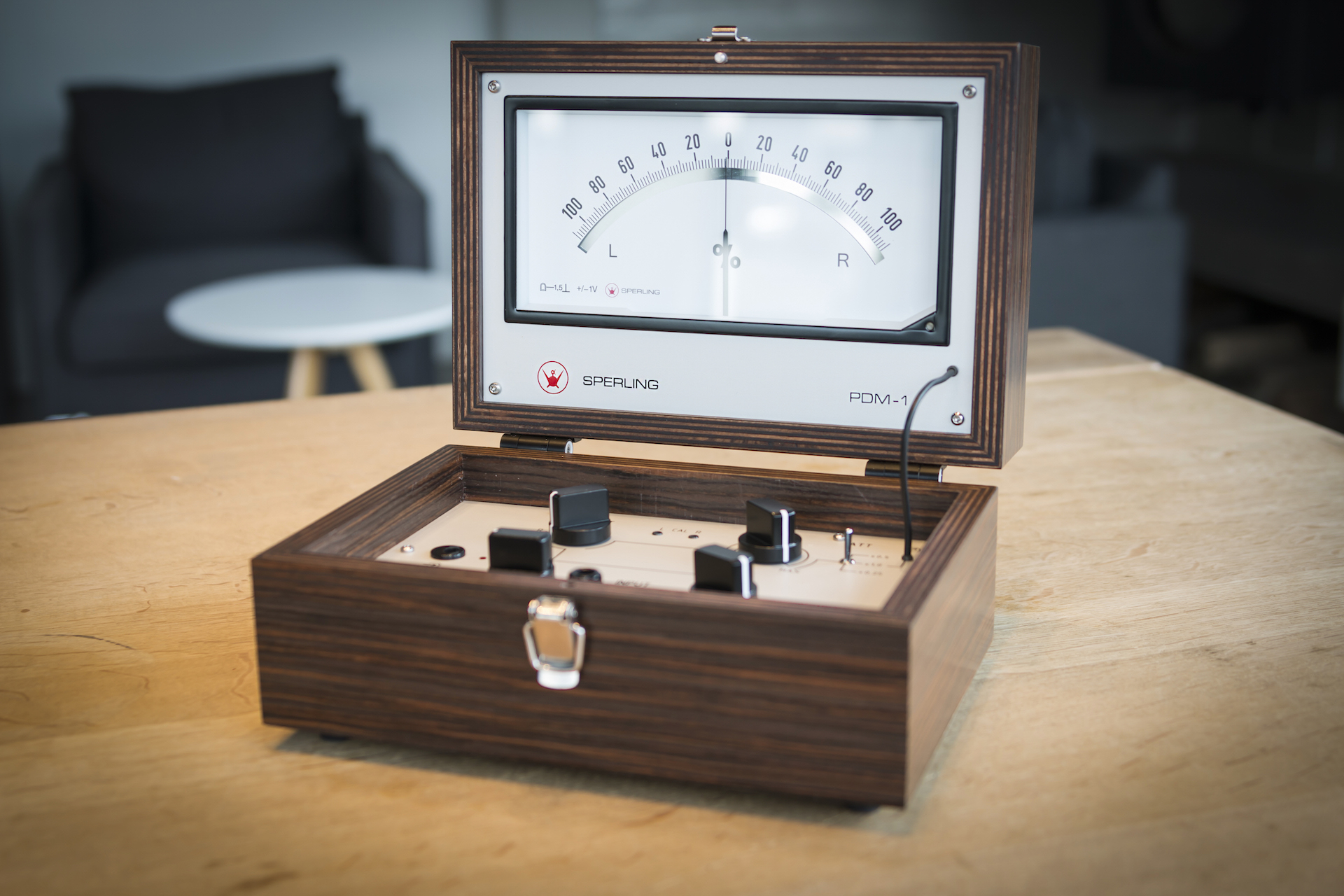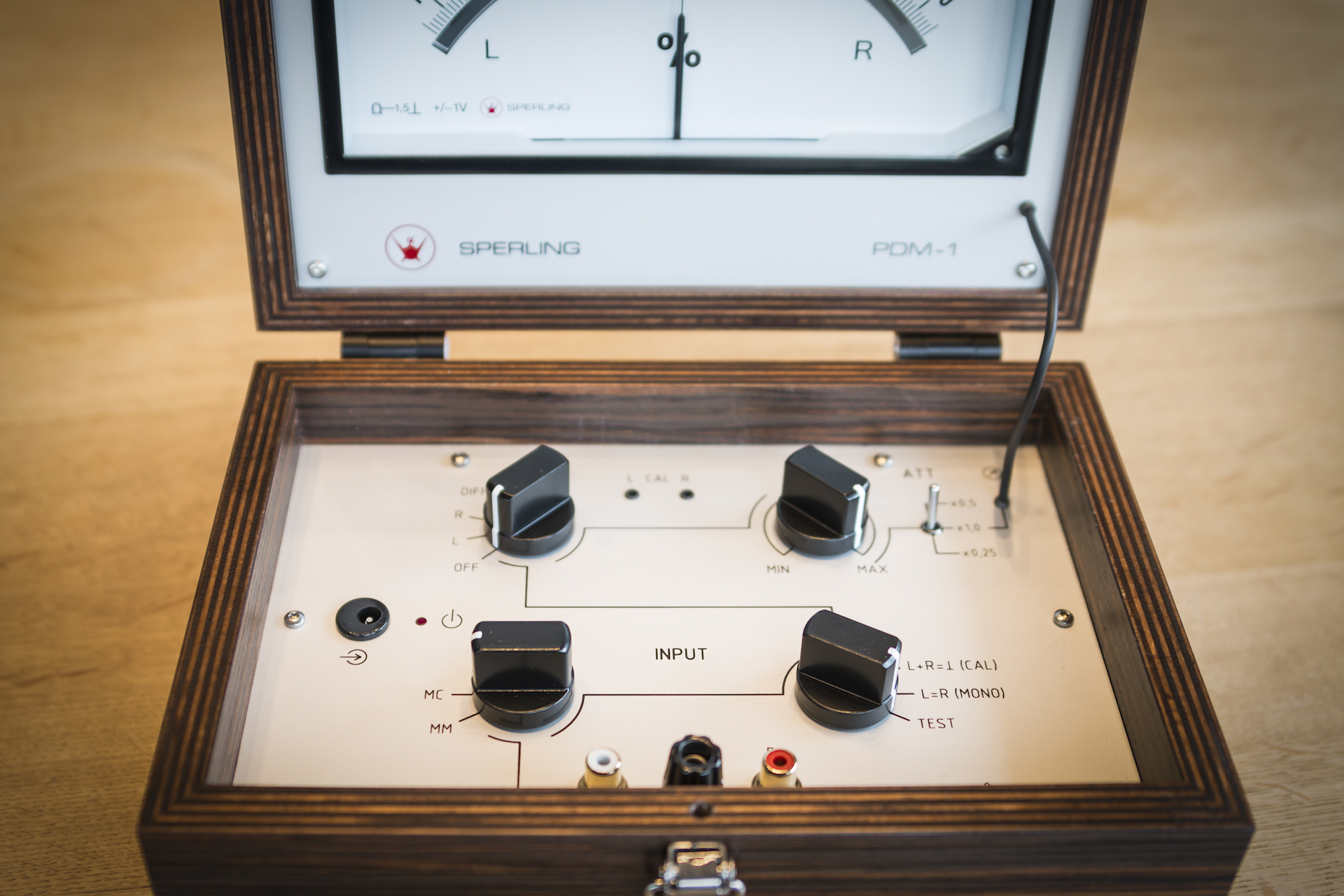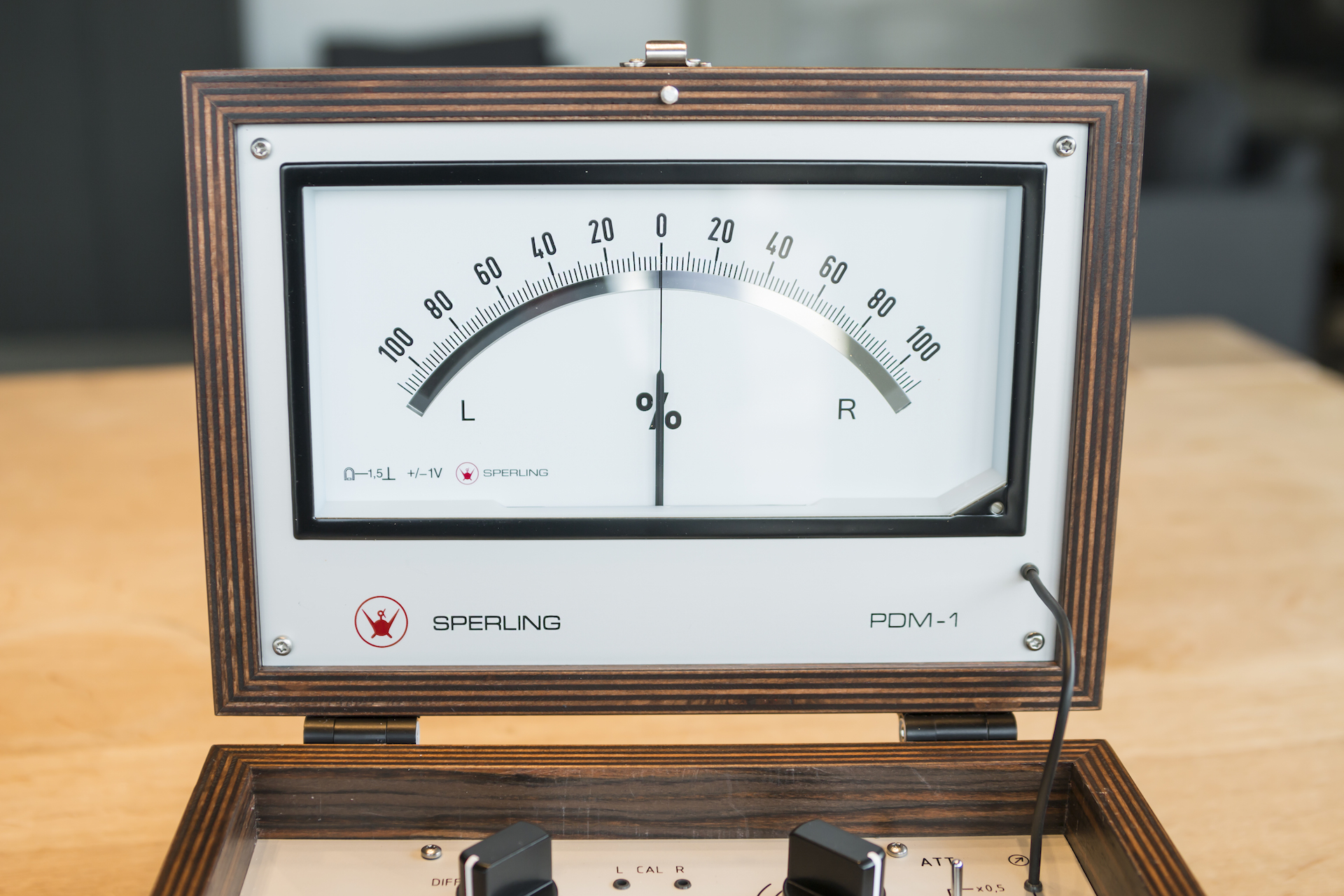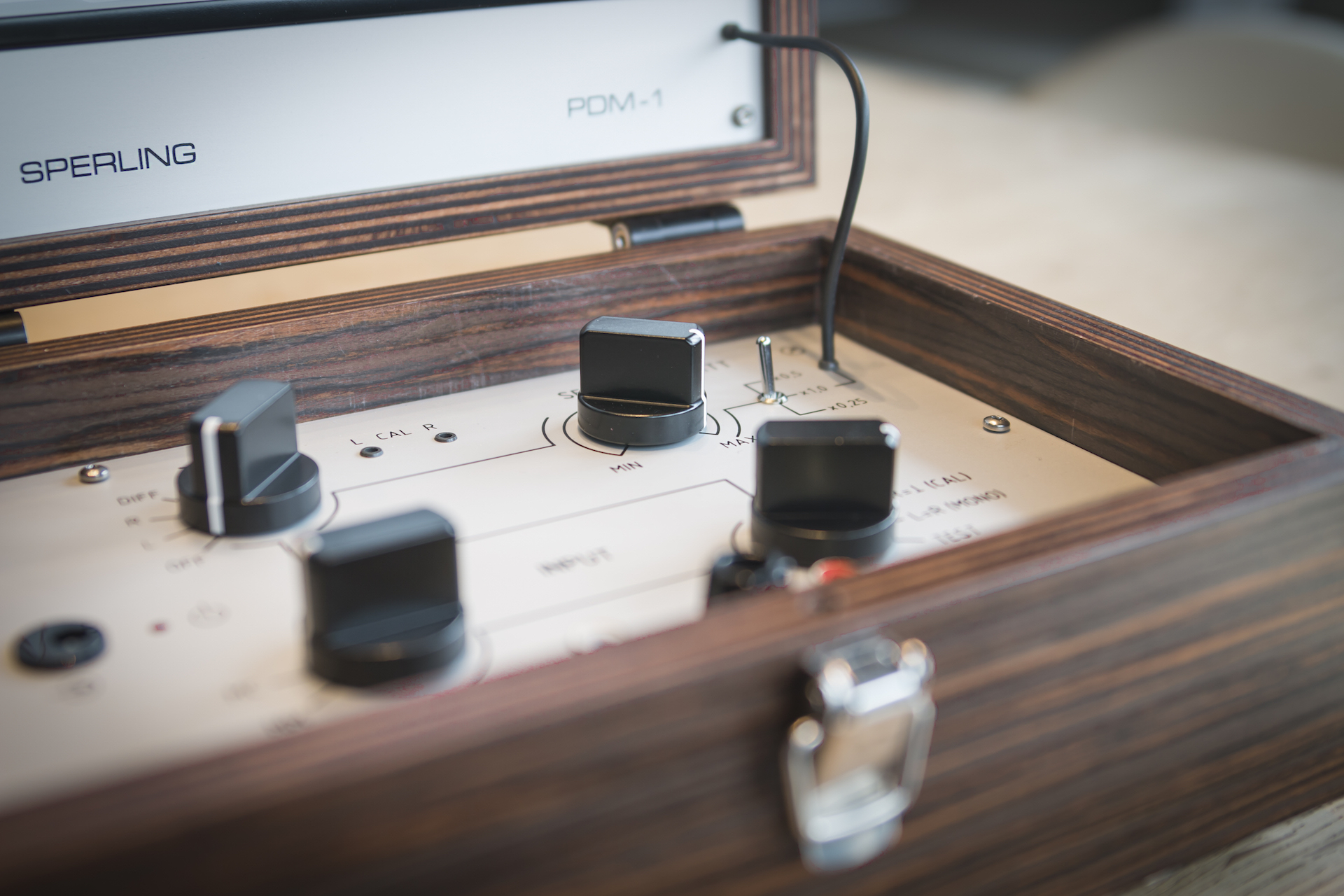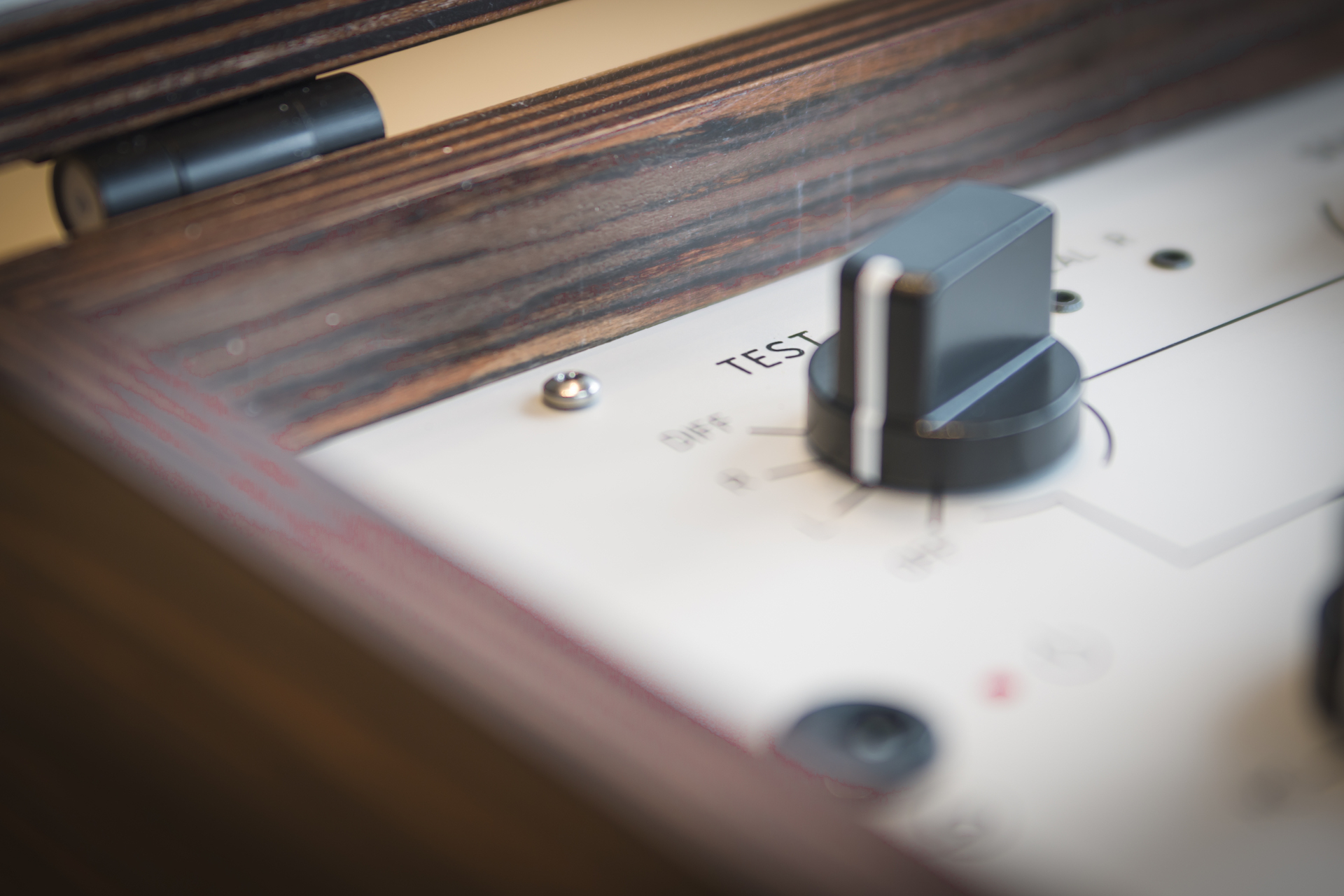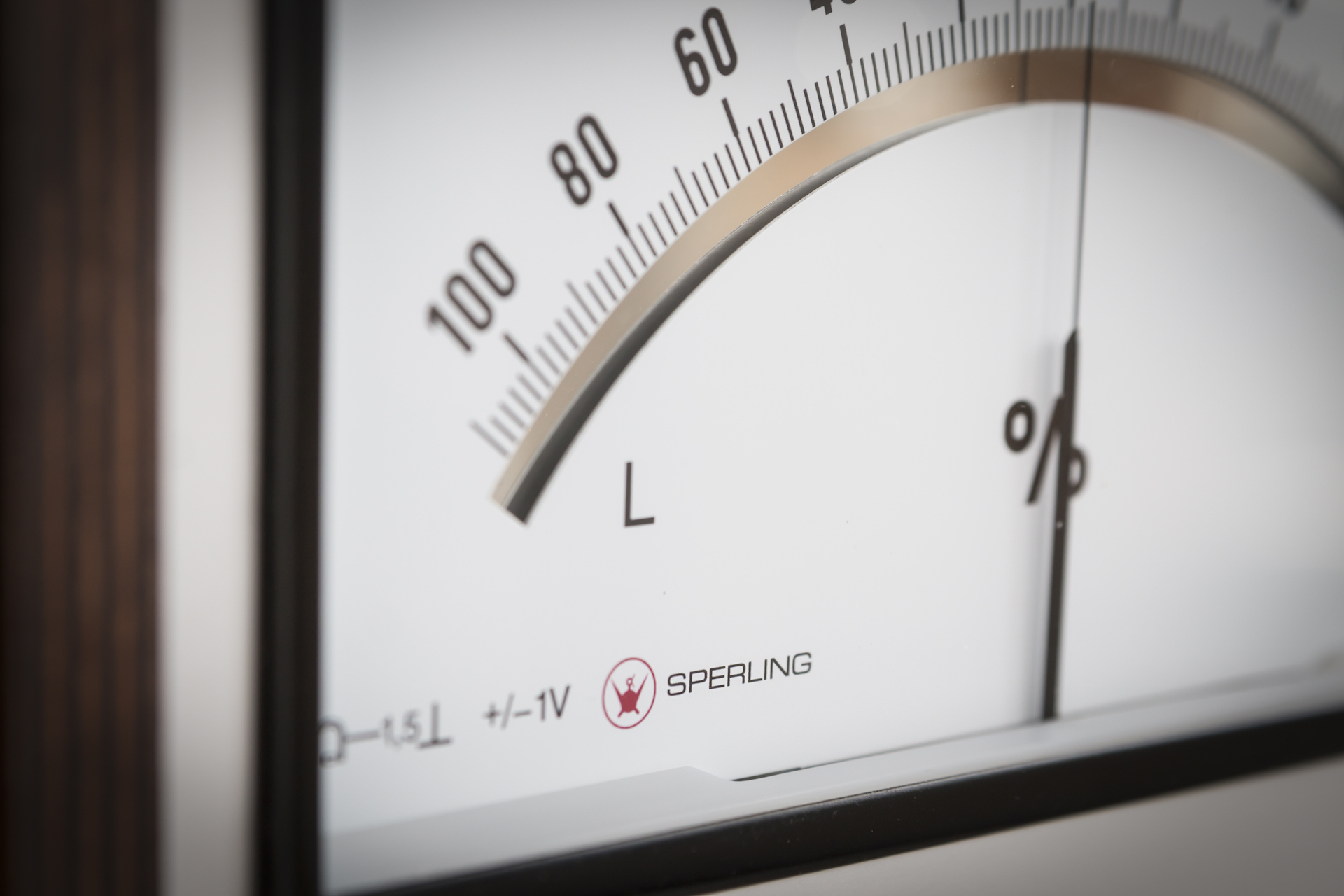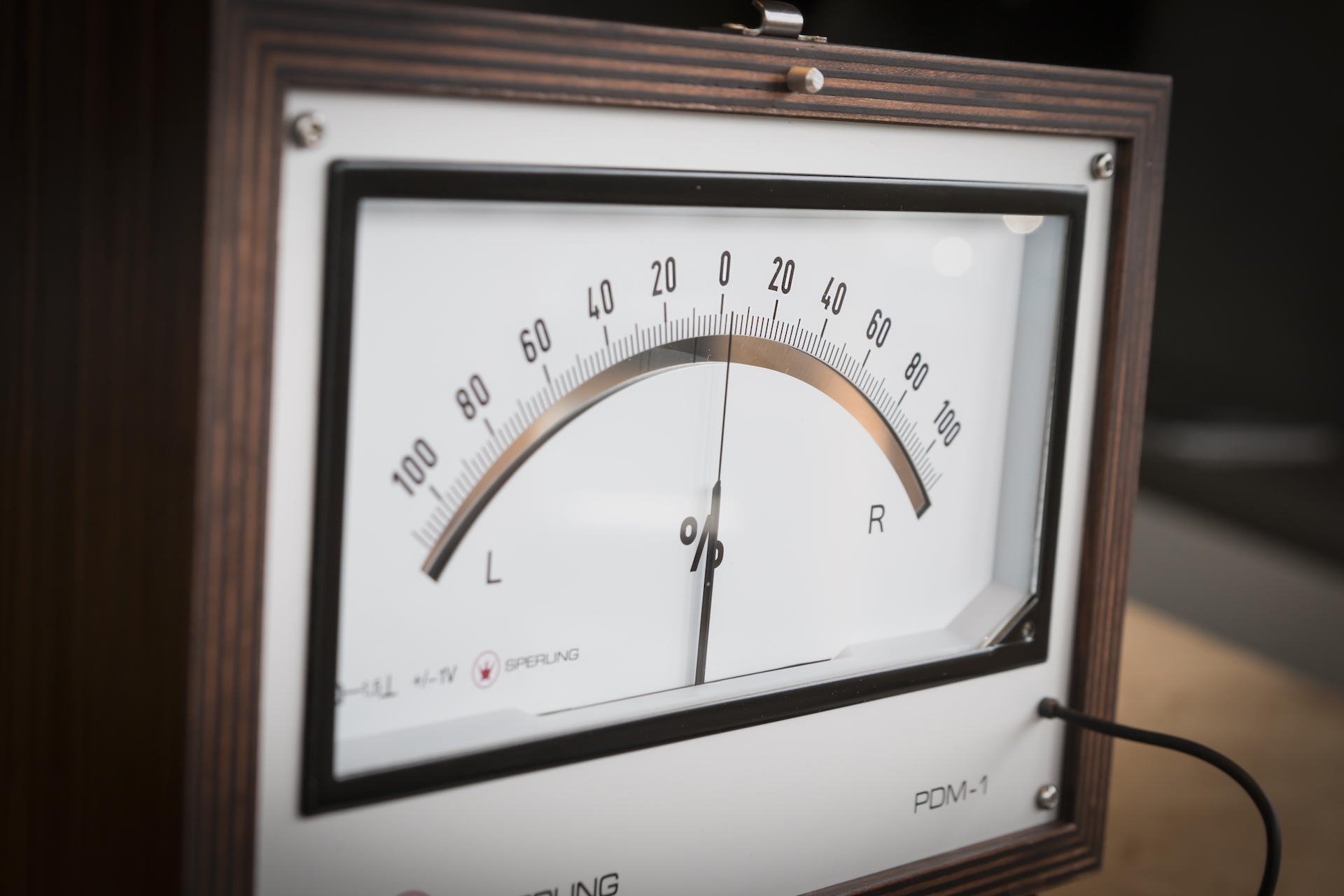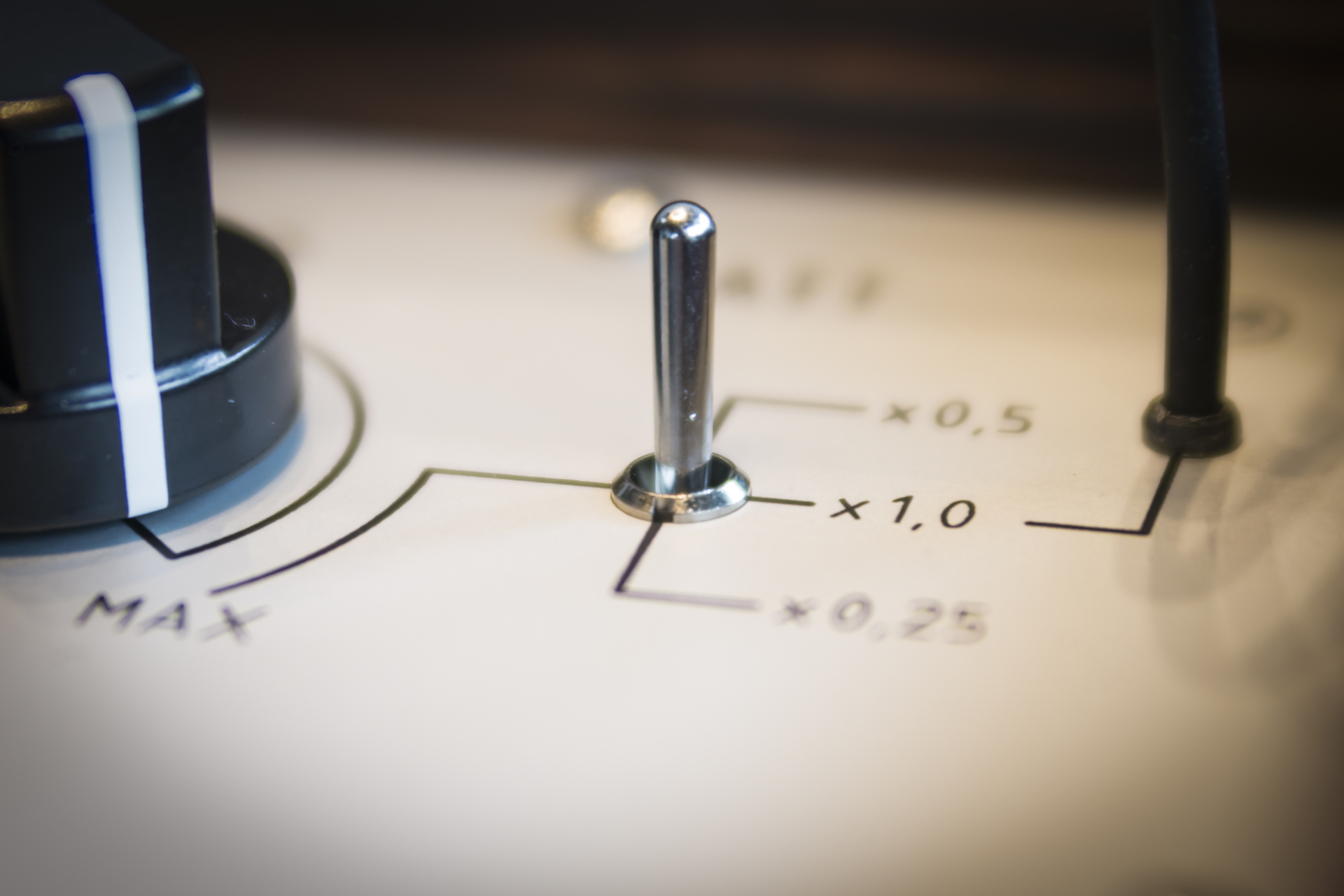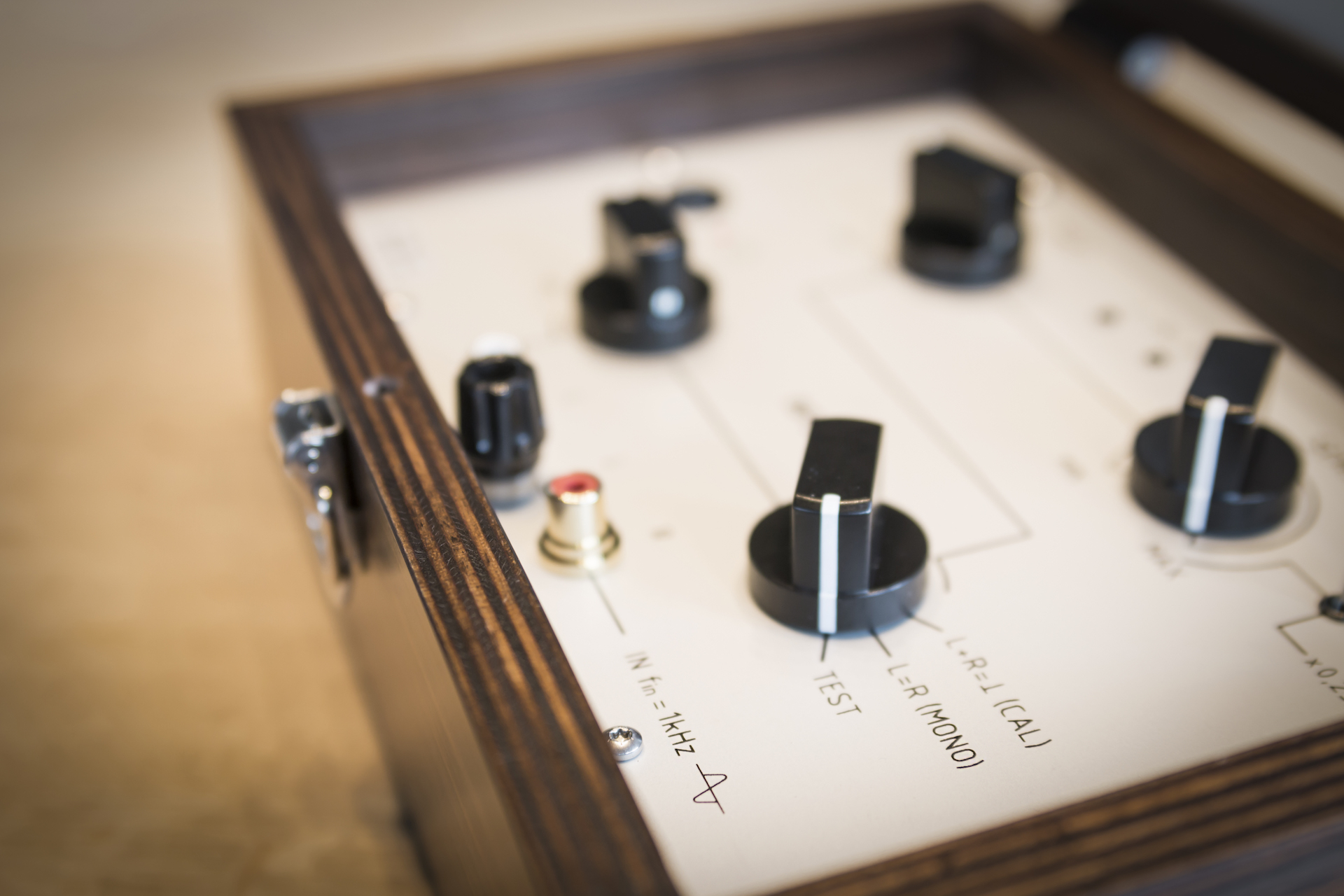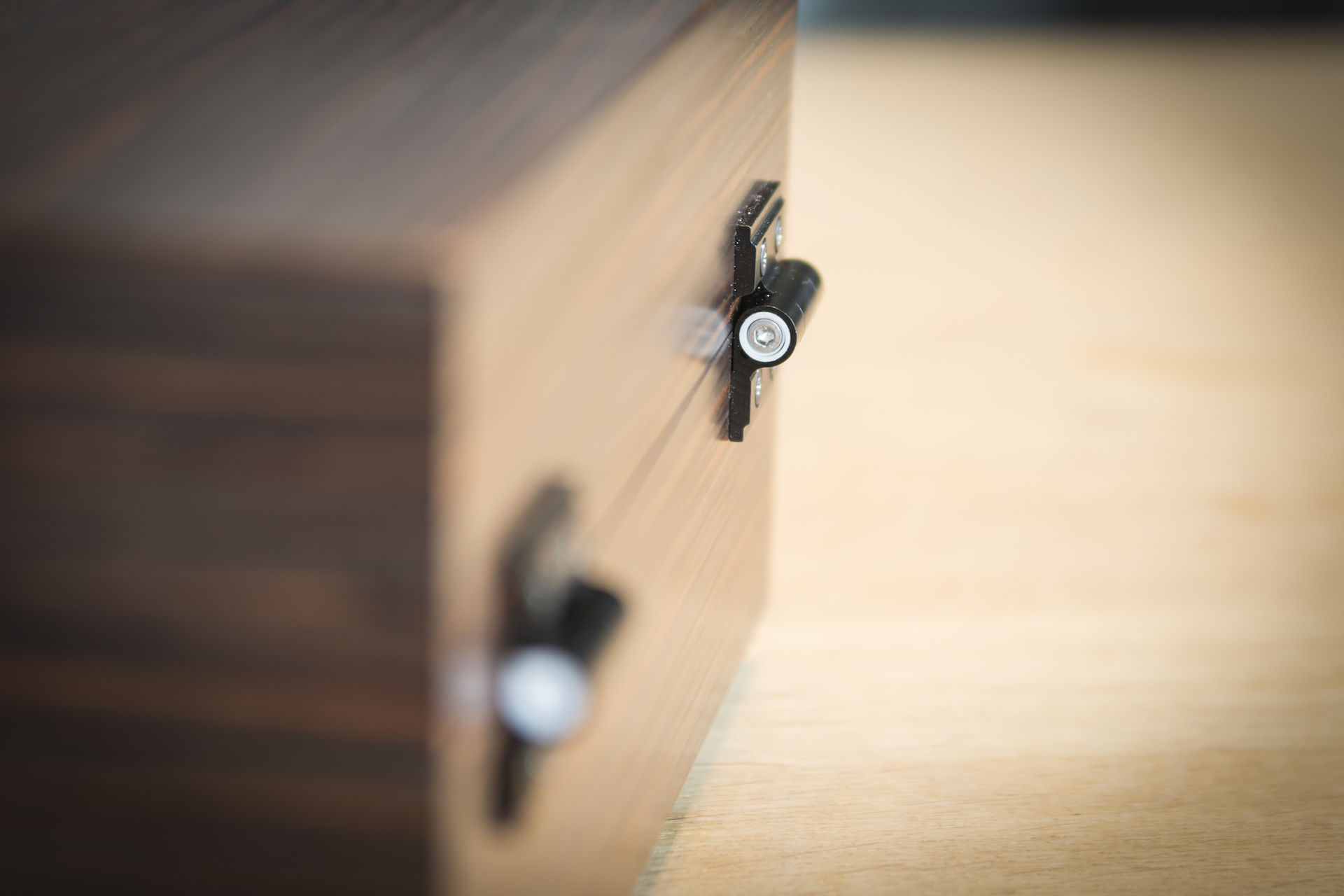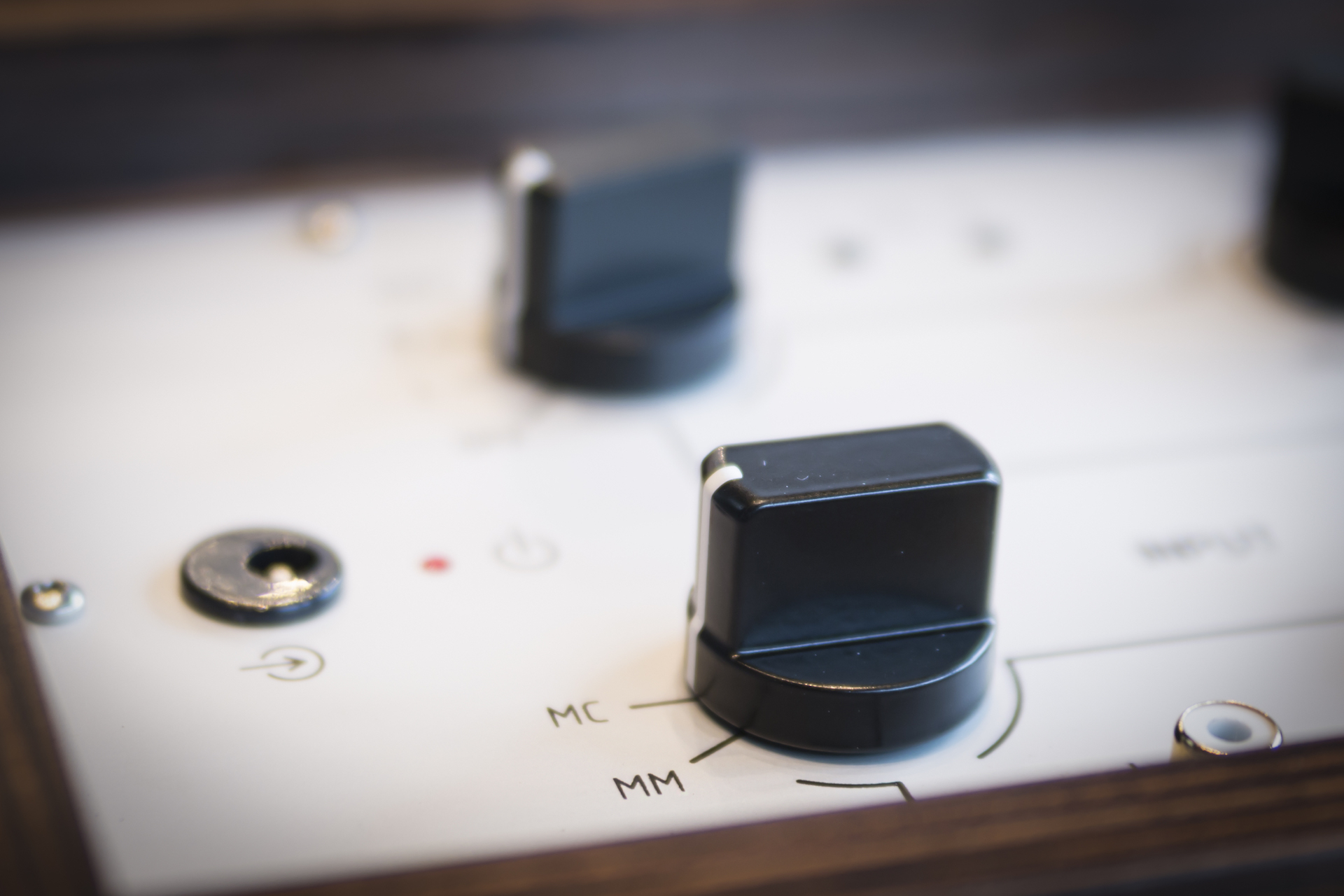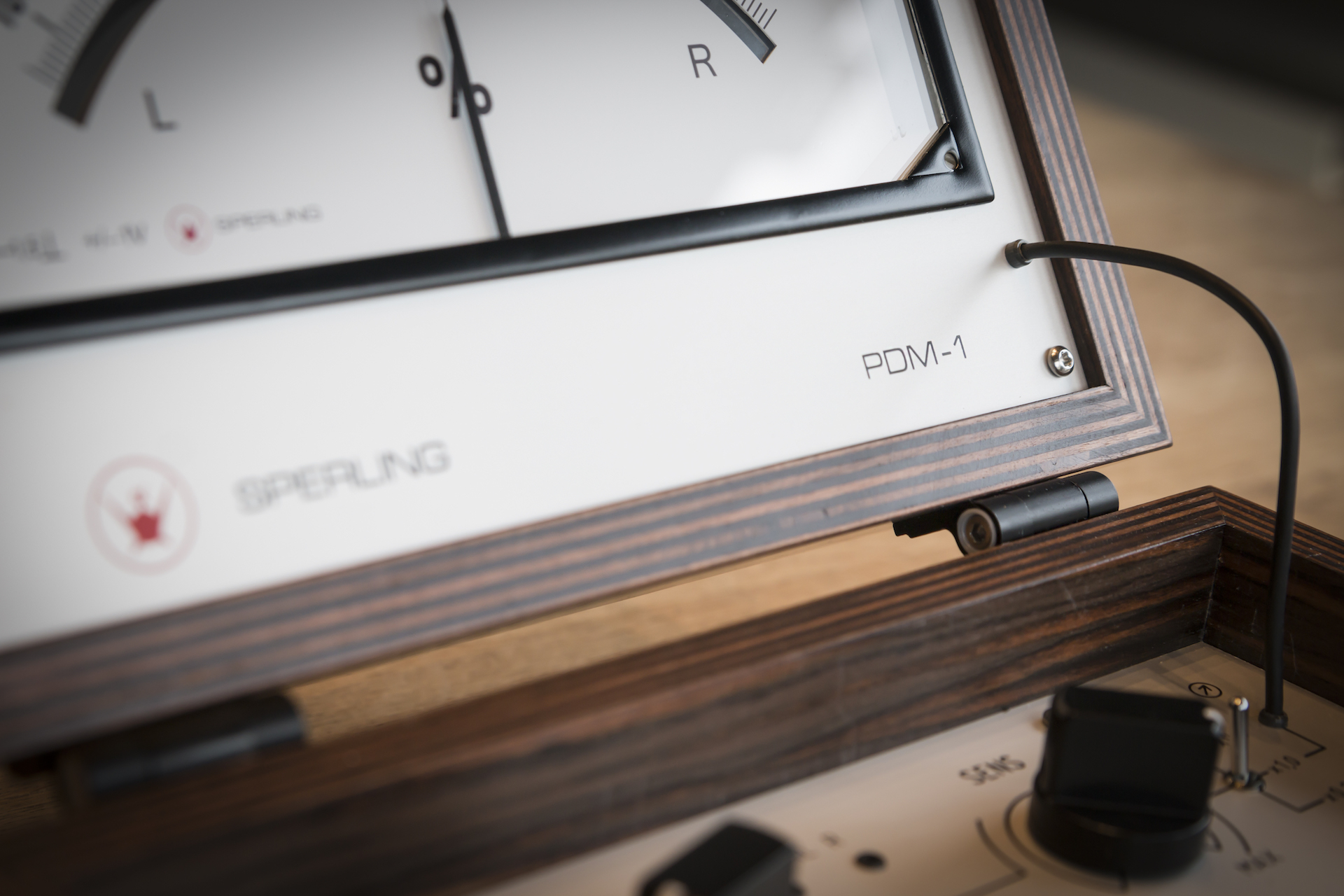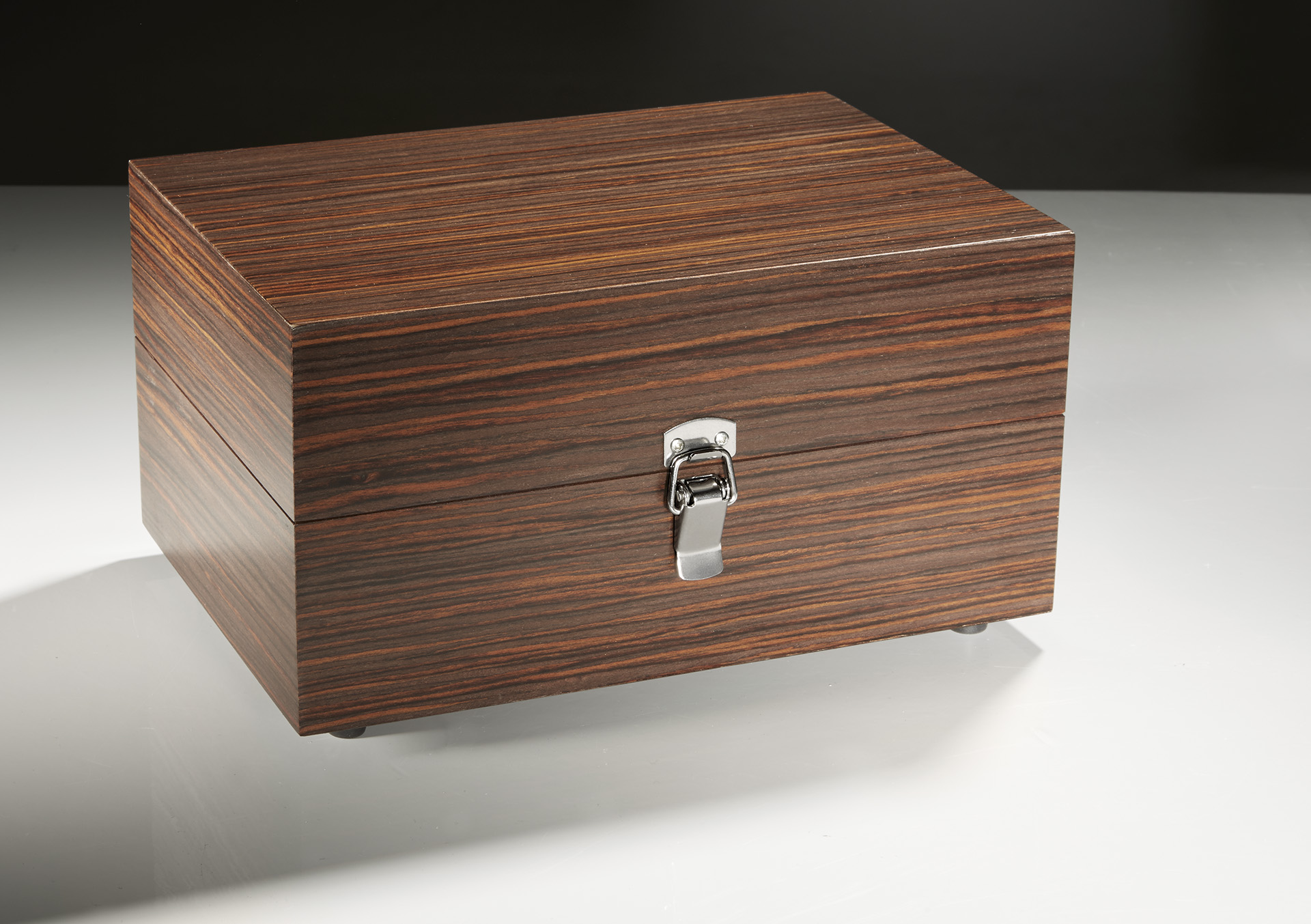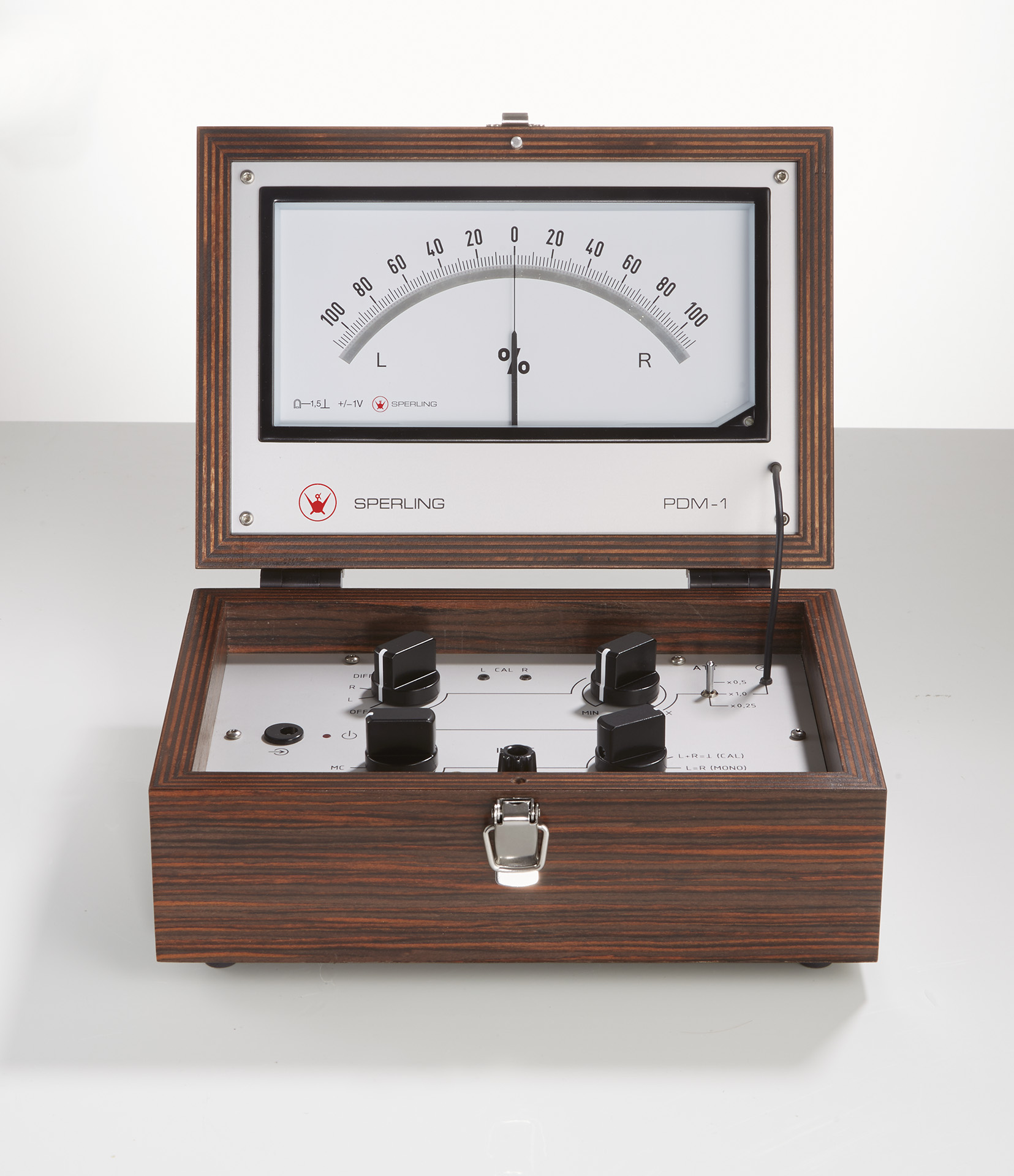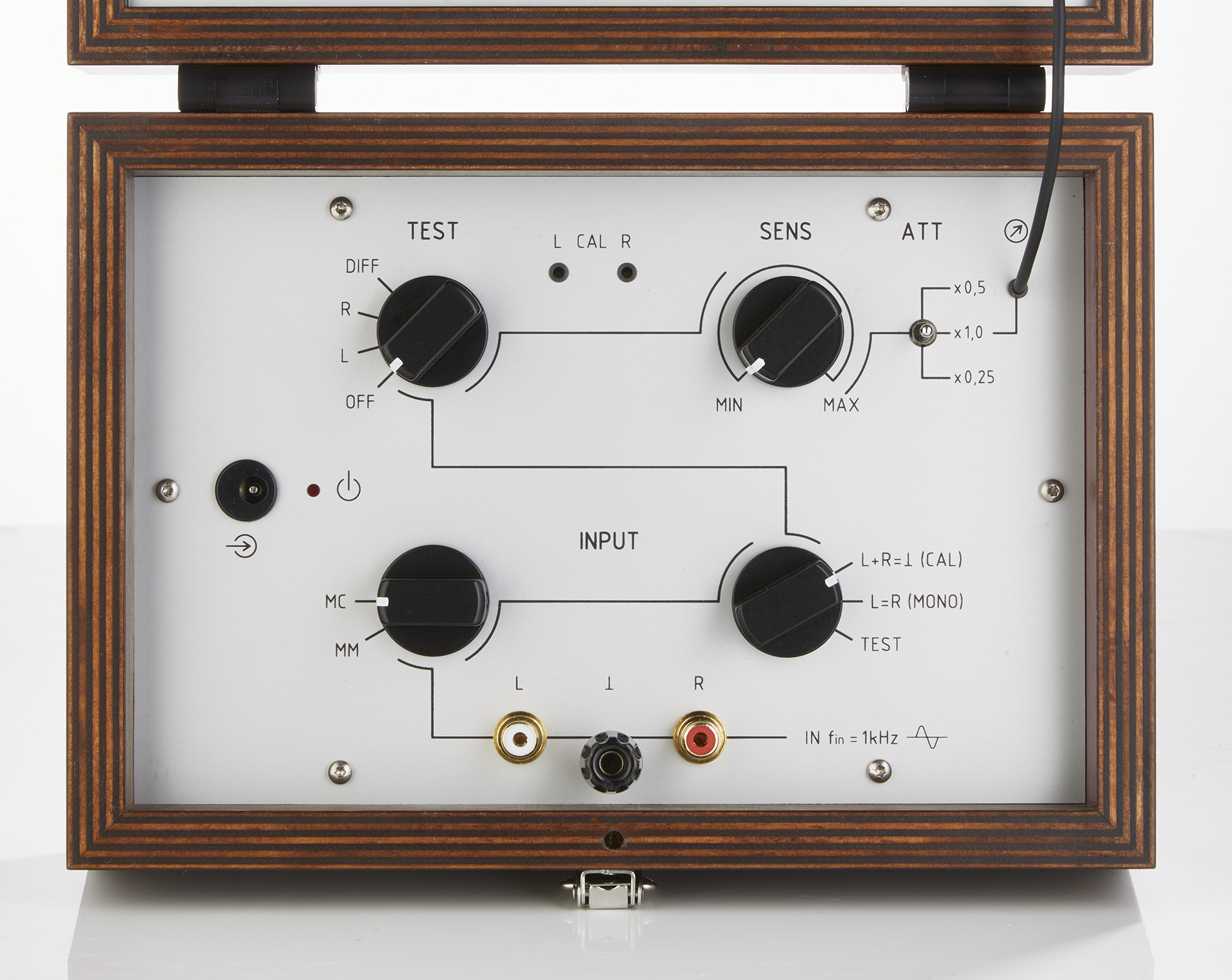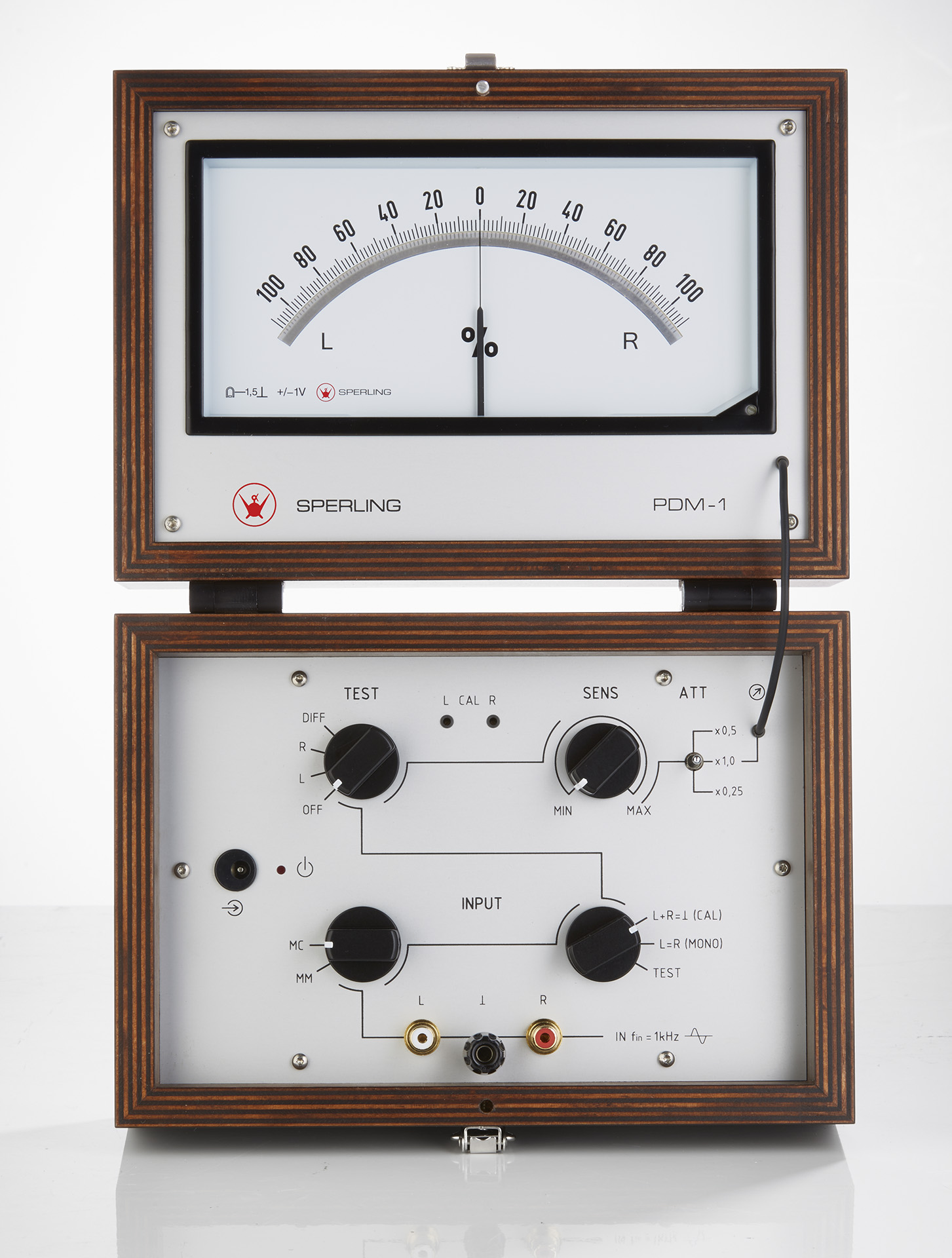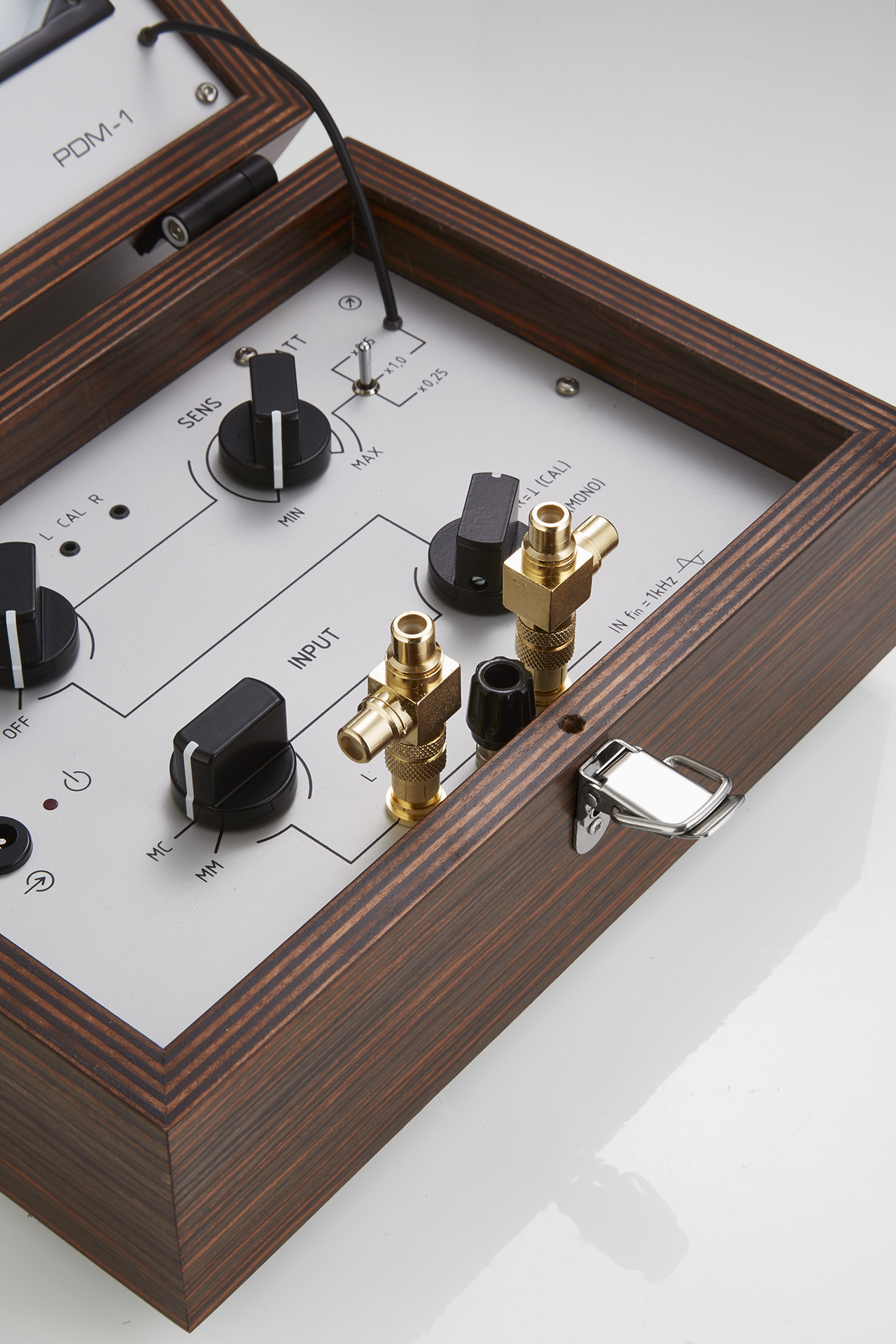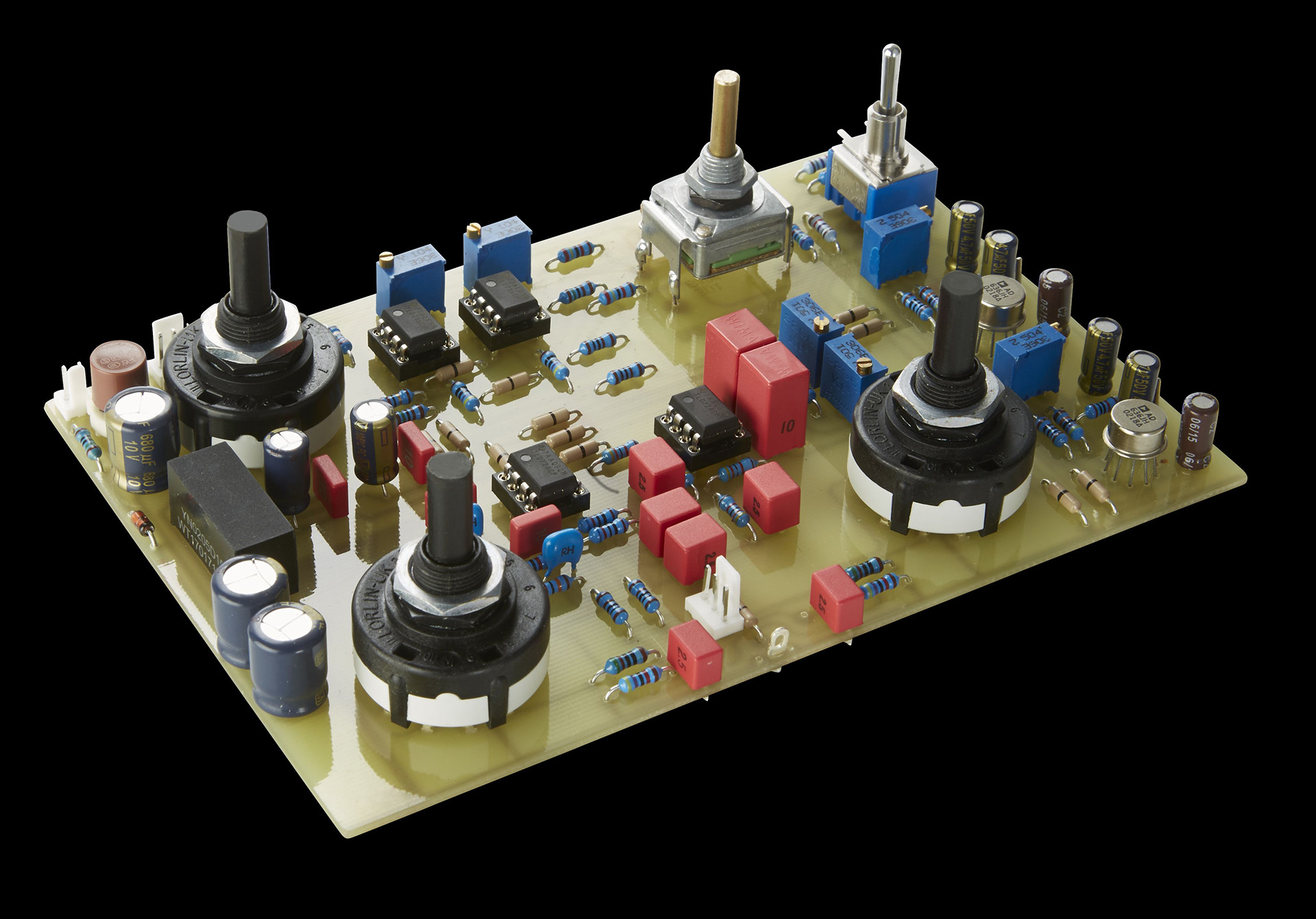Measuring Device Sperling PDM-1
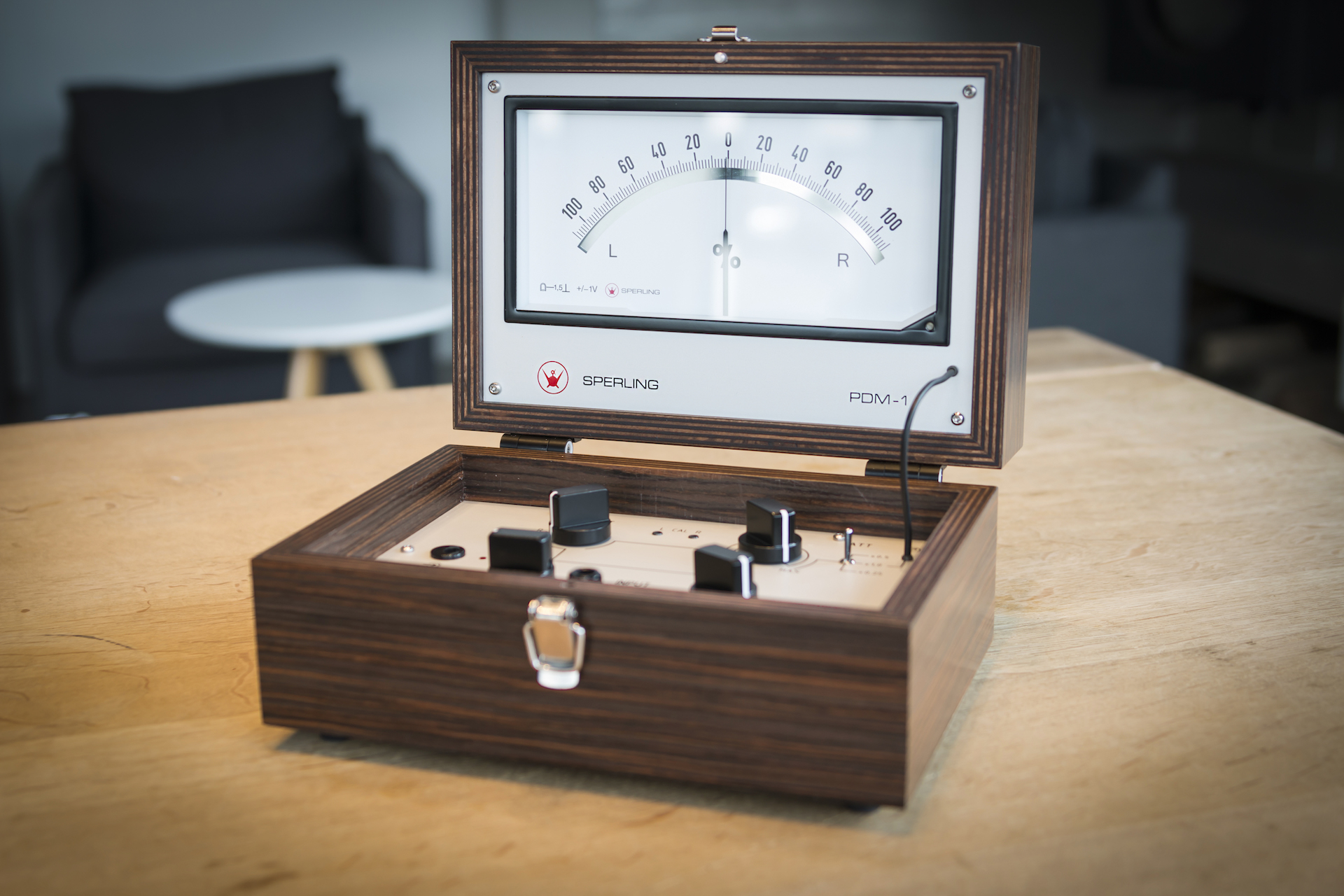
Listening to records is a matter of attitude, especially when it comes to the many parameters that influence the contact between the stylus and the record groove. The tricky adjustment of the azimuth is particularly challenging. As is well known, Ansgar Sperling is especially meticulous about such things, which is why he has developed a measuring device specifically for this purpose.
Technology and Aesthetics
It’s also well known that people from Westphalia are meticulous about other things too. The turntables that Sperling, together with Michael Böninghoff, develops and builds, not only demonstrate a great love for analog music playback, but also a deeply rooted passion for fine materials, meticulous craftsmanship, and precision engineering. With these finely crafted masterpieces, the workshop from Welver has earned itself a worldwide reputation. Naturally, a measuring device bearing the Sperling name must live up to that reputation as well.
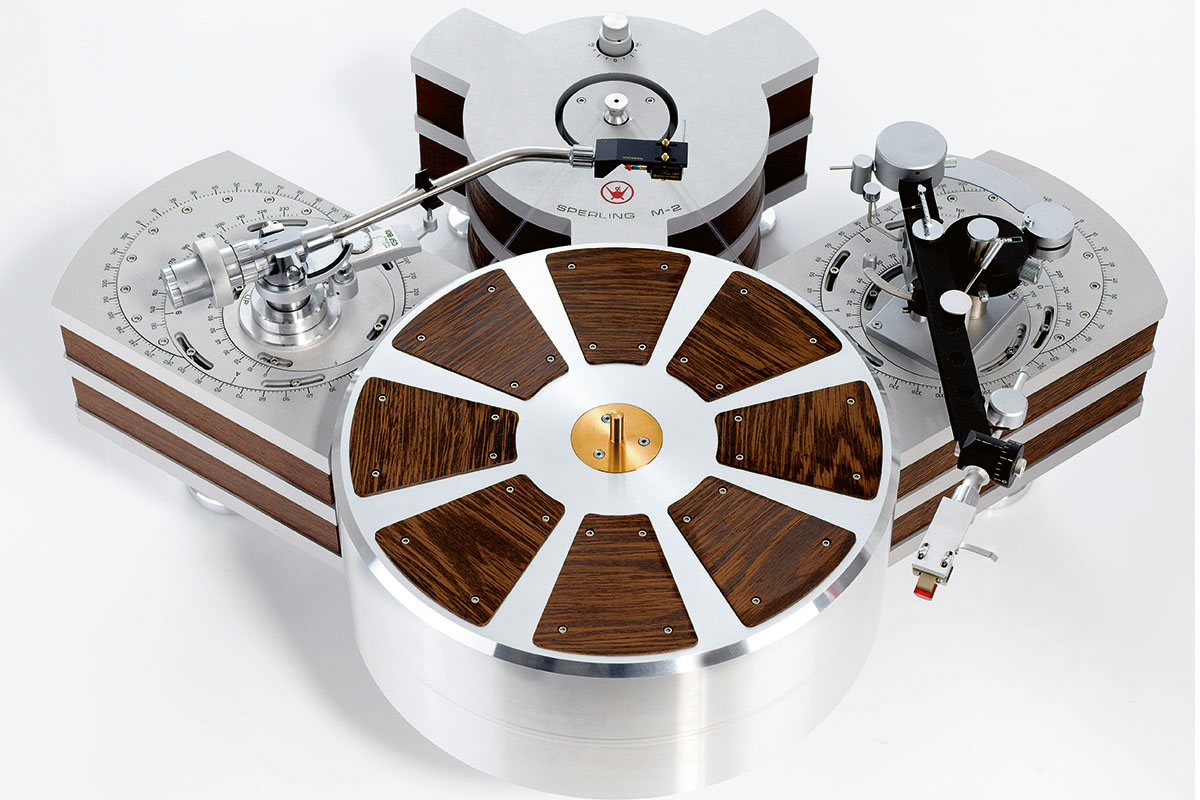
This is why the first encounter with the PDM-1, as the device is called, is characterized by visual admiration and tactile experience. In the elegant wooden box with its finely crafted veneer, one might expect a supply of fine cigars or a small collection of expensive watches, but certainly not something as mundane as a measuring device.
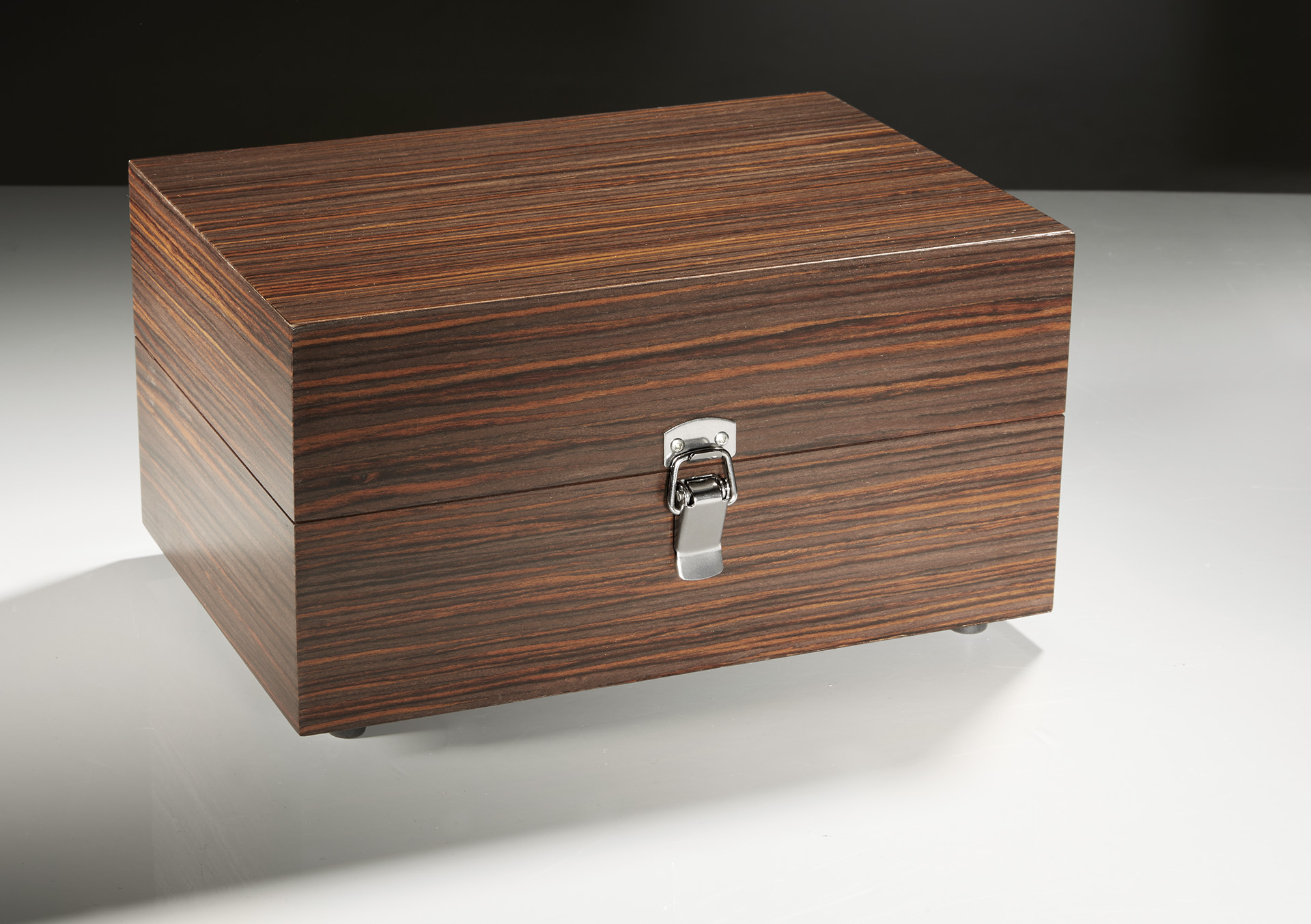
Precision
But the PDM-1 is far from mundane, as becomes clear when you open the case. The inside of the lid is dominated by a large analog dial, beneath which are four hefty rotary switches, a small but equally solid toggle switch, and the necessary connections. All of this rests on a precisely laser-cut aluminum plate, fitted into the housing with virtually no gap. Below that lies the heart of the PDM-1: the hand-assembled circuit board with high-quality components and the measuring electronics.
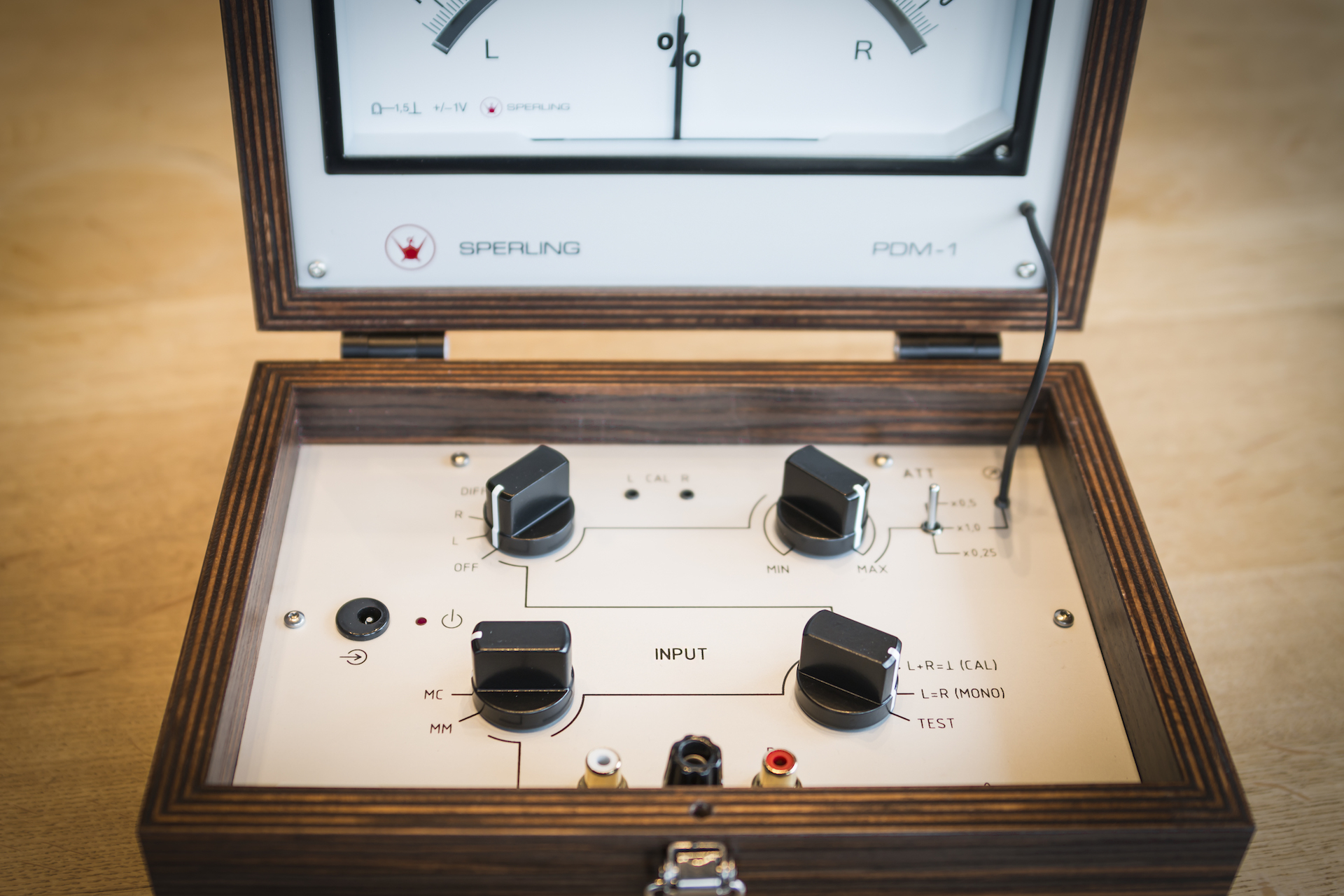
When you connect your turntable to the PDM-1, select the correct setting (MM or MC) for your cartridge, and play the special test record, you instantly get a display of the deviation between the left and right channels, which can then be corrected in no time with a little finesse.
Why do you need the Sperling PDM-1?
This is surely the right time to ask why such a technical effort is even necessary for adjusting the azimuth of your turntable stylus. After all, there are plenty of guides in specialist magazines and online that explain how to make this detailed adjustment using tried and true household methods (set square, mirror, pencil lead...) quite easily by yourself.
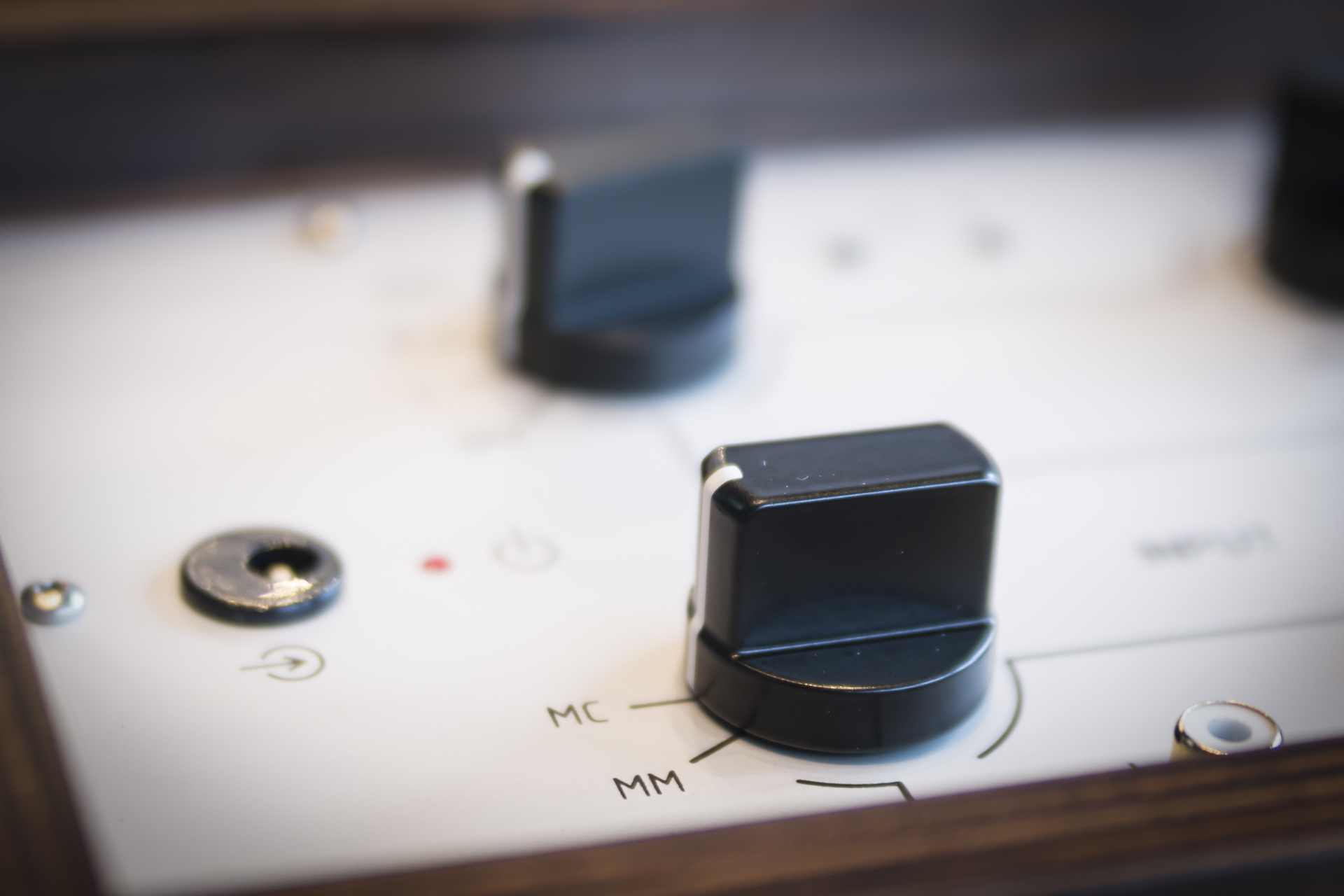
Well, all of these tips—as well as the templates, gauges, and other solutions you can buy—are purely optical methods: you line up your sight along a more or less randomly chosen edge to see if everything looks roughly perpendicular and parallel. But is that accurate enough?
To understand that eyeballing is not always reliable, just visit an average supermarket parking lot on a Saturday morning. This especially applies when, for the optical assessment of azimuth, you need to spot and correct deviations in the micrometer range from just a few centimeters away.
What’s even more significant is that you can never be sure if you’ve chosen the right reference points. Hardly any record is perfectly flat, even with a record weight. The cartridge itself is also a source of error: not all styluses are mounted at a perfect right angle, not all cantilevers are precisely aligned, and many cartridge bodies aren’t 100% accurately made either.
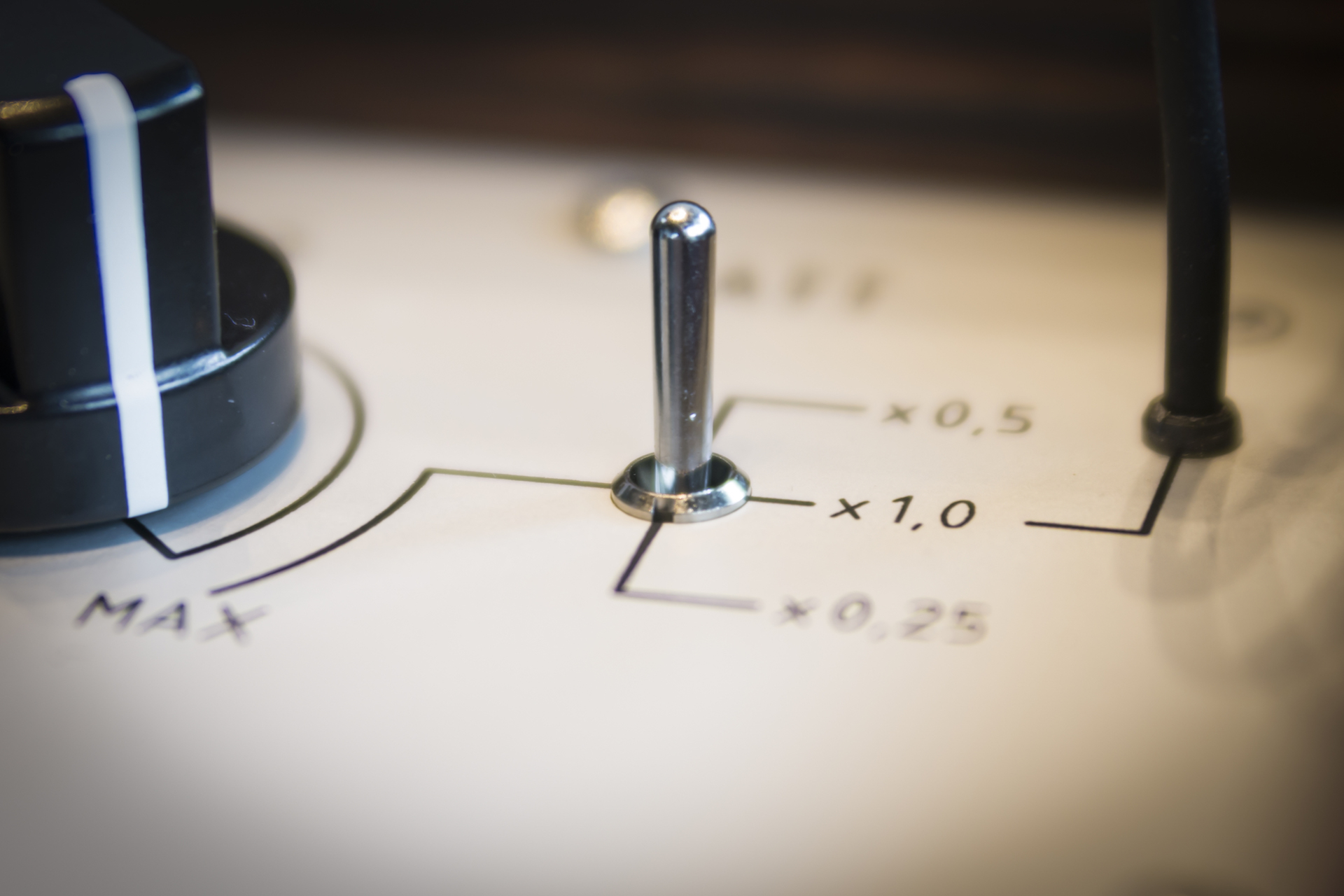
The usual method of setting azimuth using visual means is, by nature, always just an approximation of the ideal. If you want absolute precision, only an accurate measurement like that offered by the Sperling PDM-1 will suffice.
If you’re not changing cartridges every other day, buying the PDM-1 is probably only worthwhile for very few private users. However, since we at Auditorium still want you to achieve the best possible sound experience from your turntable and records, we now offer precise azimuth adjustment using the PDM-1 as part of our setup service.
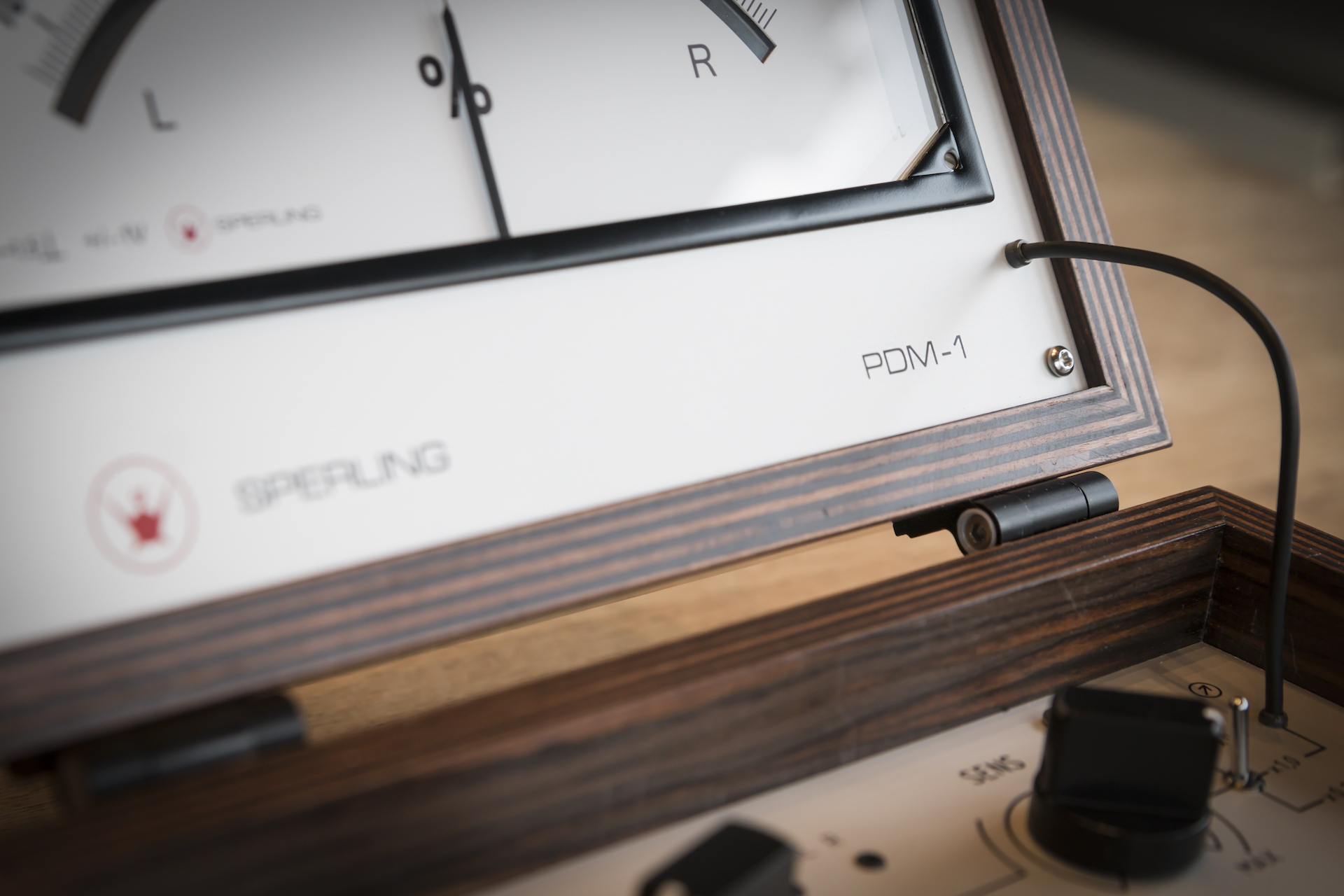
If you have questions about prices, the process, or further ways to optimize your own "turntable," please contact our expert Herbert Linnemann at herbert.linnemann@auditorium.de
Gallery Sperling PDM-1:
